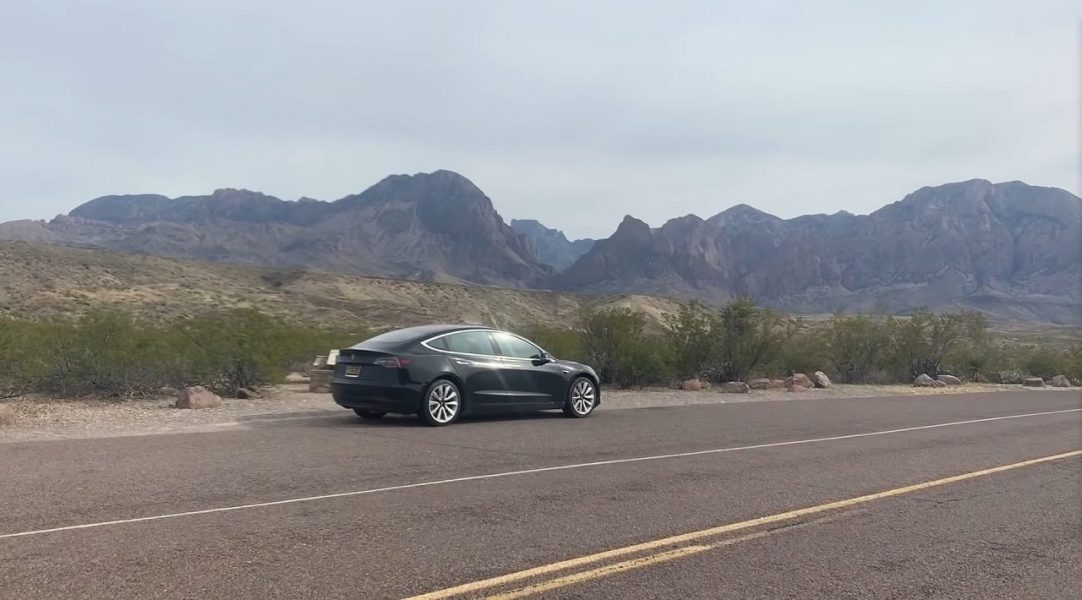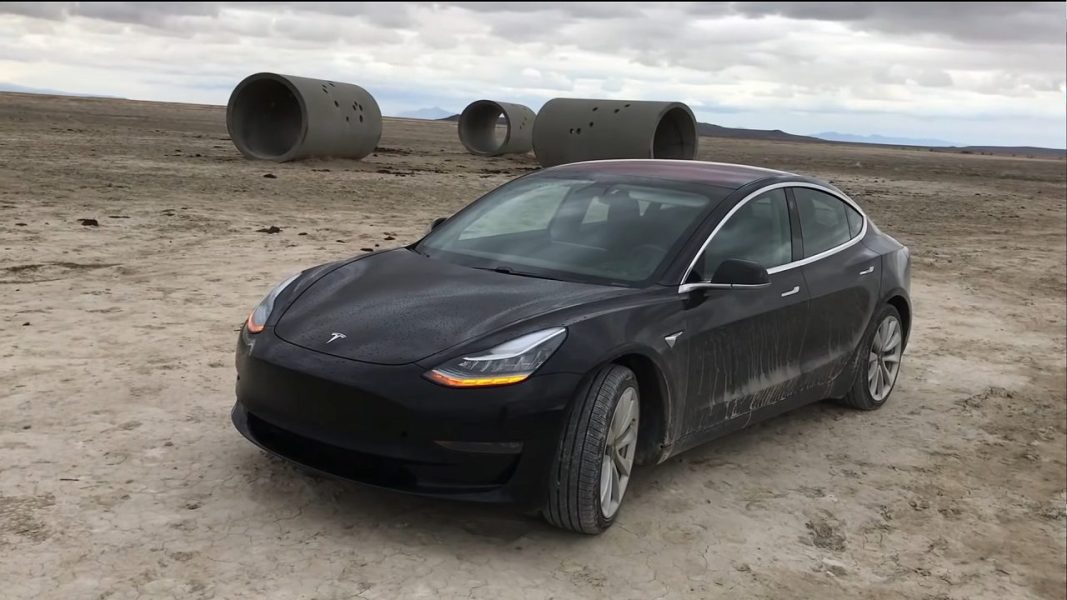
Here's a car that shouldn't be there anymore. This is evidenced by the calculations of German scientists.
In April 2019, the Polish media spread the news in the category “ecologists in shock, diesel cars are better than electricians”. In a publication by the German IFO Institute, Christoph Buchal calculated that CO emissions2 in battery production and operation, the Tesla Model 3 is higher than that of a diesel-powered internal combustion car.
Then the scientist suggested that batteries can withstand 150 thousand kilometerswhich with German operation will take place after 10 years of driving. Many media workers (see, for example, here Marcin Klimkovsky) considered this value an axiom. And so it remained.
Paper calculations against these terrible facts. This is a Tesla Model 3 with a range of 185 thousand. km, which indicates an insignificant battery consumption
Table of contents
- Paper calculations against these terrible facts. This is a Tesla Model 3 with a range of 185 thousand. km, which indicates an insignificant battery consumption
- Loss of battery capacity: ~ 2,8 percent per 100 kilometers
- German scientists were "wrong" by more than 0,9 MILLION kilometers
- Repair? Not as a result of a car breakdown, but only due to tire wear
Arthur Driessen acquired his Tesla Model 3 Long Range RWD (74 kWh battery, rear wheel drive) in April 2018. His car is not yet ten years old, which would be quite difficult anyway, because the Model 3 was only about 2,5 years old. But the American travels a lot and his Tesla has already covered 185 miles.
According to the calculations of German scientists, the batteries in the car should have been replaced long ago. What are the facts?

Loss of battery capacity: ~ 2,8 percent per 100 kilometers
During operation, Driessen charged the battery up to 10 percent only 100 times. Yes very uses blowers regularlythen uses a charge in the range of 30-70 percentwhen possible. This is a very conservative procedure, even Elon Musk says that it makes no sense to load below 80 percent:
> To what level do you charge Tesla Model 3 at home? Elon Musk: Below 80 percent doesn't make sense
Deteriorating battery power? At the time of purchase, the car offered 499 kilometers. The number should be higher, especially given the additional upgrades Tesla made along the way, but since the battery wasn't fully charged, it didn't notice the difference.


A few weeks before the last recording, the car, 100 percent charged, showed ... 495,7 kilometers. Even if we assume that this figure fell from the ceiling promised by Tesla of 523 kilometers, With a mileage of 185 thousand kilometers, the Tesla Model 3 batteries lost 27,3 kilometers of power reserve. 5,2 percent capacity.
This means a decrease in range of -14,8 km or -2,8% power for every 100 km.
German scientists were "wrong" by more than 0,9 MILLION kilometers
Assuming now that the degradation is linear and the batteries are replaced at 70% of factory capacity, Driessen would have to travel 1,06 million kilometers in his car. That is German scientists made a mistake in running more than 900 thousand kilometers.
> Tesla Model 3 battery warranty: 160/192 thousand kilometers or 8 years
The American admits that he is superior to other Tesla owners. anyway even if the average degradation is twice as fast, the error of German scientists is still several hundred thousand kilometers.... This is several times the expected value!
We add that no one tells us to replace the batteries just because their capacity has decreased ...

Repair? Not as a result of a car breakdown, but only due to tire wear
Before recommending a video, let's mention some of the renovations. The American traveled 185 XNUMX kilometers and yet he only visited this place because of two replacements of one of the rocker arms and some kind of hinge element in the door. What's more: the control levers were damaged when driving over rough terrain, and the hinge was taut when a very strong wind slammed the door.

Tire replacement became a notable production cost. The first factory set lasted only 21 thousand kilometers - Tesla said that this is normal for a car with such torque.
Replaced another set after 32 thousand km of run. As stated Even despite the regular replacement of tires, they can last 30-40 thousand kilometers..
Worth seeing:
Editor's Note www.elektrowoz.pl: We understand that the above example is anecdotal evidence (= one car), which should not confirm the rule. However, we have described the problem because the assumption of the German scientists was so absurd that it stung the eyes. If the battery needs to be replaced after 150 kilometers, people who drive 20-30 kilometers a year will notice a SIGNIFICANT drop in capacity in just a dozen months. Meanwhile, there are no such recalls - at most, they took place with the first version of the Nissan Leaf, which was operated in a hot climate, before the introduction of the lizard-type battery.
This may interest you:
